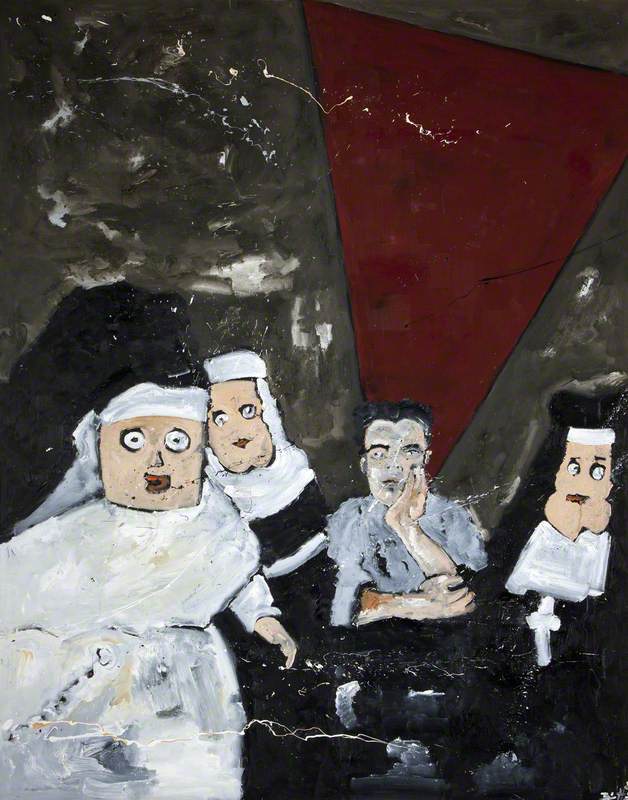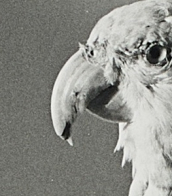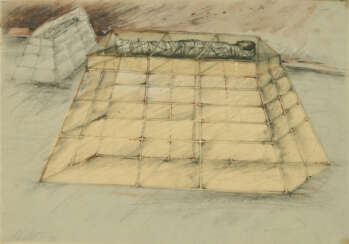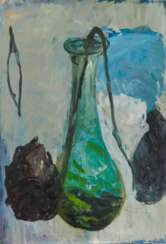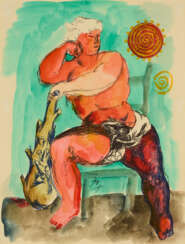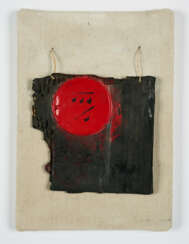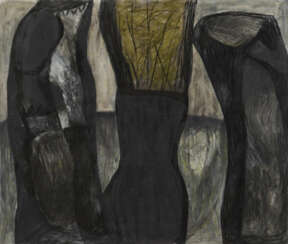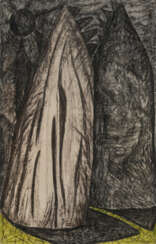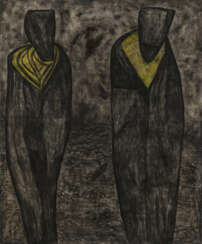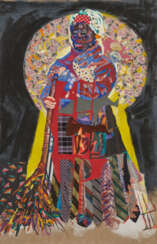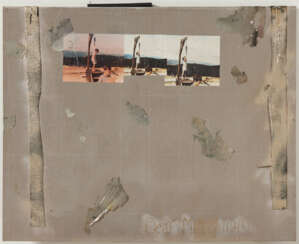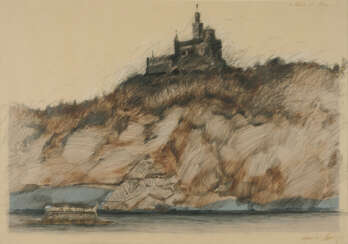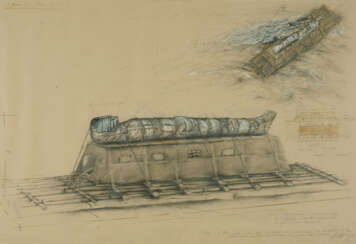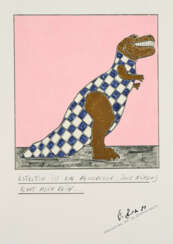Mixed media — Auction
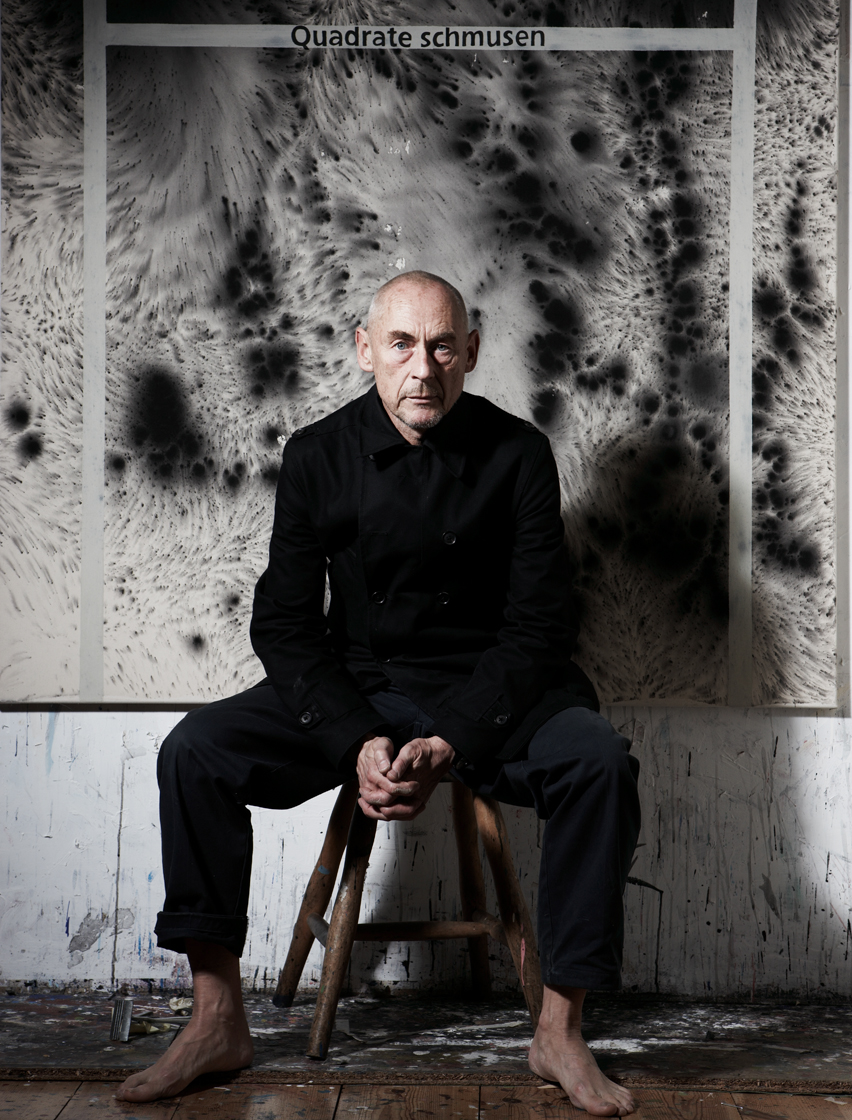
Hans Peter Adamski is a German painter and graphic artist who lives and works in Berlin and Dresden.
He studied at the Dusseldorf Academy of Art and served as professor and dean of the Dresden University of Fine Arts. Adamski is one of the most important representatives of the Neue Wilden ("New Wilden") movement of the 1980s. In addition to painting, he works in drawing, sculpture, paper, fabric and plaster.
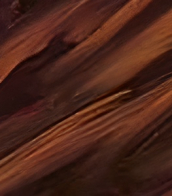
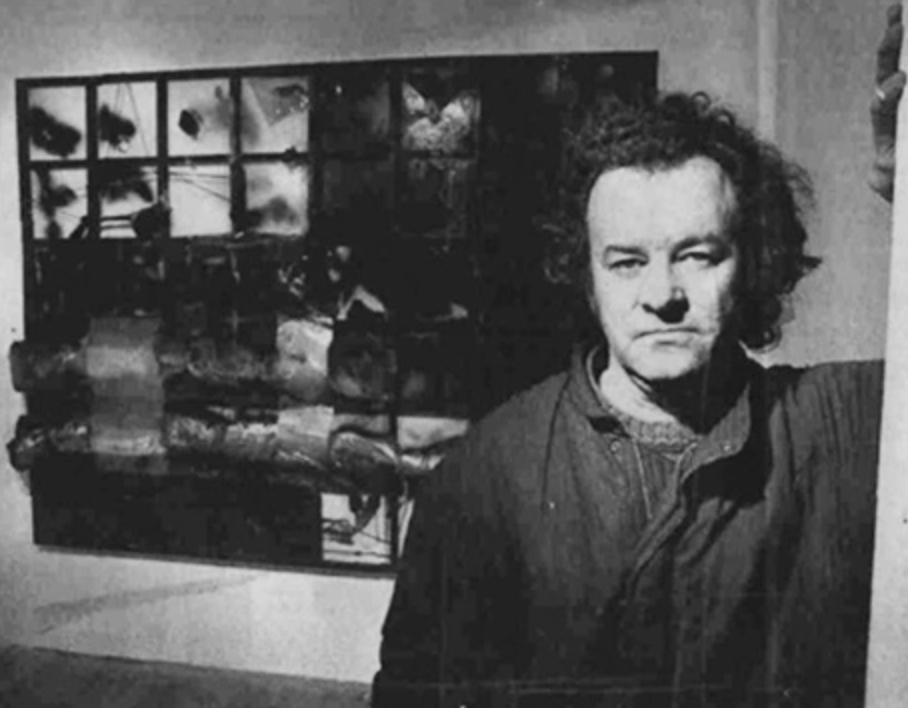
Terry Atkinson is an English artist.

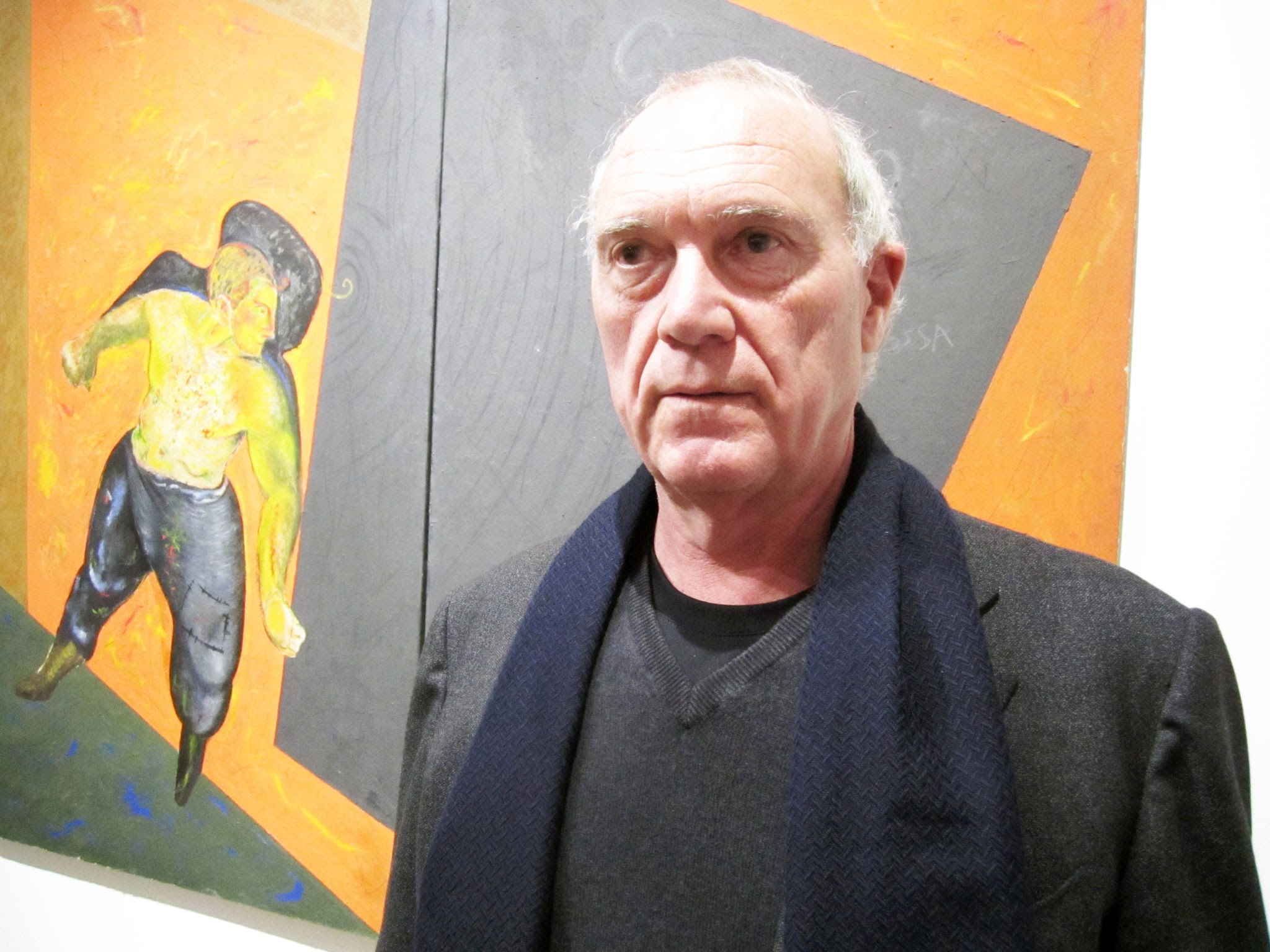
Sandro Chia is an Italian painter and sculptor. In the late 1970s and early 1980s he was, with Francesco Clemente, Enzo Cucchi, Nicola De Maria, and Mimmo Paladino, a principal member of the Italian Neo-Expressionist movement which was baptised Transavanguardia by Achille Bonito Oliva.


Terry Atkinson is an English artist.

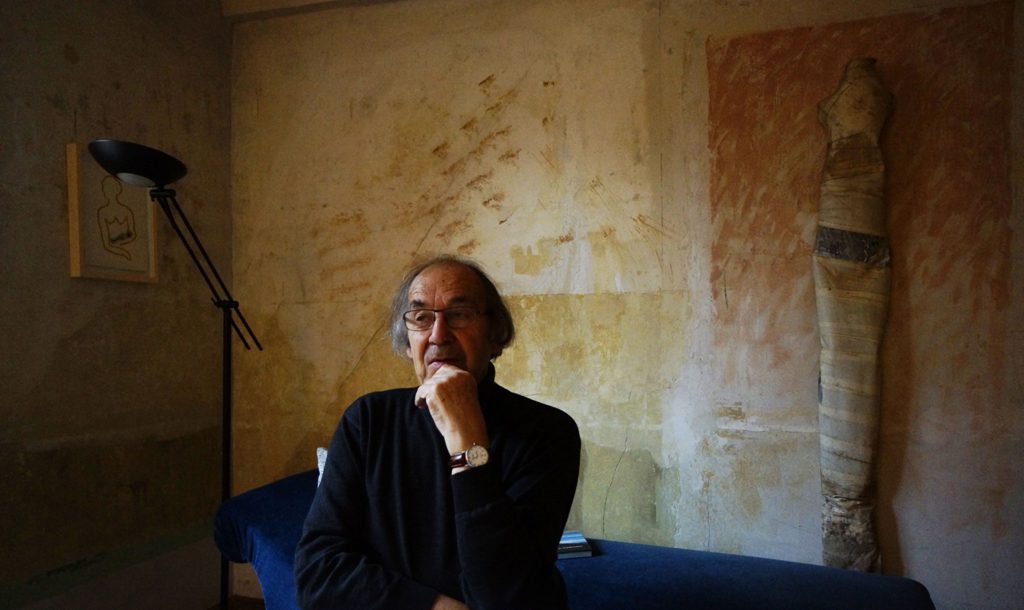
Jürgen Brodwolf was a Swiss sculptor and objectivist artist.


Jürgen Brodwolf was a Swiss sculptor and objectivist artist.


Jürgen Brodwolf was a Swiss sculptor and objectivist artist.

